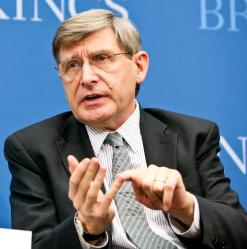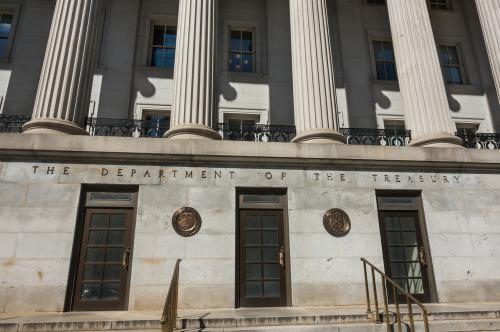INTRODUCTION
For at least 20 years there have been efforts made by United States (U.S.) administrations and in Congress to streamline and simplify the financial regulatory structure. There is a bewildering array of different federal and state regulators; many financial institutions are supervised by several different agencies, while other institutions have been barely regulated, if at all. With the catastrophic financial crisis that has engulfed the United States and the rest of the world, new questions are being asked about the regulatory failures that may have contributed to the crisis, especially the fact that regulators did not anticipate or prevent the crisis from developing in the years prior to 2007. No one thinks that the complex regulatory structure in the United States was the sole cause of the crisis, but the complexity may have played an important role by reducing the accountability of any single agency, and because there was no agency powerful enough to ride herd on the large financial institutions as they took on excessive risks.
At recent hearings before the Senate Banking Committee, members questioned the heads or acting heads of the main federal regulatory agencies, together with Daniel Tarullo, a governor at the Federal Reserve. Several senators suggested that a consolidation of regulatory agencies was long overdue and challenged the witnesses to explain why that should not take place. The basic answer given was that having multiple regulators could not have been a cause of the crisis because other countries with consolidated regulation had suffered from the financial crisis also. The United Kingdom (U.K.) drew particular attention in this regard. London is by far the largest financial center outside the United States, and some years ago a reorganization of bank regulation created the Financial Services Authority (FSA), which has sole authority to regulate banks and non-bank financial institutions, covering both prudential regulation and conduct of business regulation. The Bank of England, which had been the main regulator prior to this time, was given independent control over monetary policy, and its mandate was to avoid a return to high inflation years, a problem that had plagued Britain in the 1970s and ‘80s. When the financial crisis struck in 2007, the U.K. bank Northern Rock very quickly got into financial difficulties and had to be taken over by the state. Subsequently, several other financial institutions, including the huge Royal Bank of Scotland, fell victim to the crisis, and the U.K. is still trying to dig out of the mess left behind. The FSA model clearly did not prevent the financial crisis hitting the U.K.
The example of the U.K. does prove that having a single regulator is not sufficient to ensure financial stability in the face of a global crisis. It confirms the point made earlier that the U.S. system with multiple regulators could not have been the sole cause of the crisis. However, it leaves open the question of whether or not streamlining the U.S. regulatory structure would be a positive step towards financial stability.
In this short paper we look at the structure of financial regulation to see what lessons there may be for the United States. This is a summary not a detailed research effort, but we believe that even a summary effort could be helpful in order to dispel the idea that the experience of other countries makes it a waste of time to attempt substantial consolidation of regulatory agencies in the United States.
The Brookings Institution is committed to quality, independence, and impact.
We are supported by a diverse array of funders. In line with our values and policies, each Brookings publication represents the sole views of its author(s).



